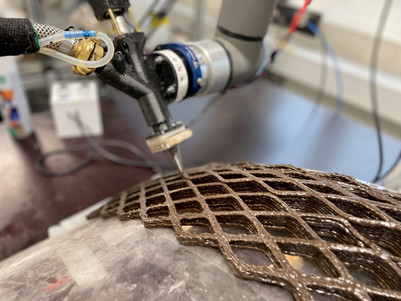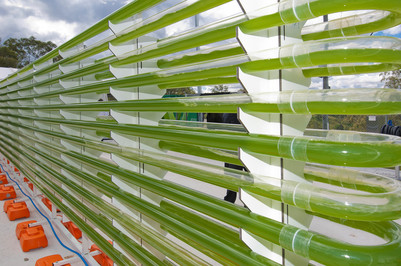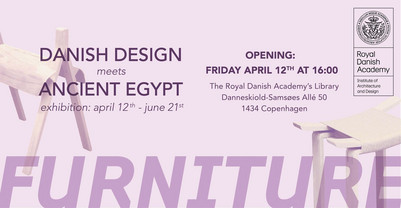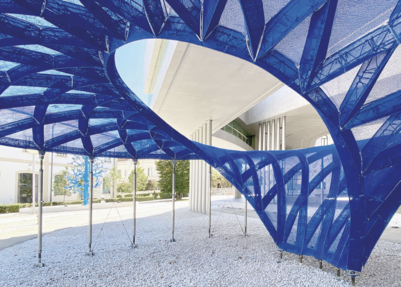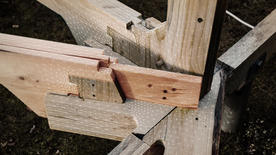
ADFÆRD / VELFÆRD
Royal Danish Academy
Danneskiold-Samsøes Allé 51
1435 Copenhagen K
Denmark
How can architecture and design improve health and welfare? In the exhibition BEHAVIOUR/WELFARE, the Royal Danish Academy spotlights how architecture and design can boost our health and create welfare partly by changing our behaviour.
The world has been through a health crisis that took us totally by surprise. Covid-19 locked down huge parts of the global community and put our health and well-being under pressure. The crisis opened our eyes to the vital role that design, and human behaviour play when it comes to our welfare.
Of course, health is very much about scientific breakthroughs and vaccines. But Covid-19 revealed how closely health is also linked to people’s behaviour, the physical décor and design of the rooms we spend time in — and how important social conditions are in terms of maintaining good health.
The exhibition presents 25 projects by students and researchers at the Royal Danish Academy. It features a huge range of examples of how the fields of study at the Academy can help improve health and welfare. Architects and designers play a key role in coming up with diverse, local solutions based on a wide-ranging, interdisciplinary understanding of function, context and user needs. This is also reflected in this exhibition, which features a number of proposals that can make a huge difference for all of us and serve as inspiration for actors in both the public and private sectors. These projects often involve collaboration with end users or with stakeholders in the afore-mentioned sectors.
For example, the exhibition shows how we can design everything from furniture to cities based on inclusion and proposes how we can design better and more secure environments for ourselves in the wake of the Covid-19 pandemic. With a more global perspective, some proposals look at how small local hospitals can treat mental illness in megacities or how buildings can prevent contagious diseases, such as malaria.
Selection panel
- Christian Bason (Director of the Danish Design Center)
- Stinus Lindgreen, PhD, MP (Danish Social Liberal Party)
- Silje Alberthe Kamille Friis (Associate Professor)
- Thomas Chevalier Bøjstrup (PhD Fellow in Public Health)
- Susanne Jøker Johnsen (Curator)





